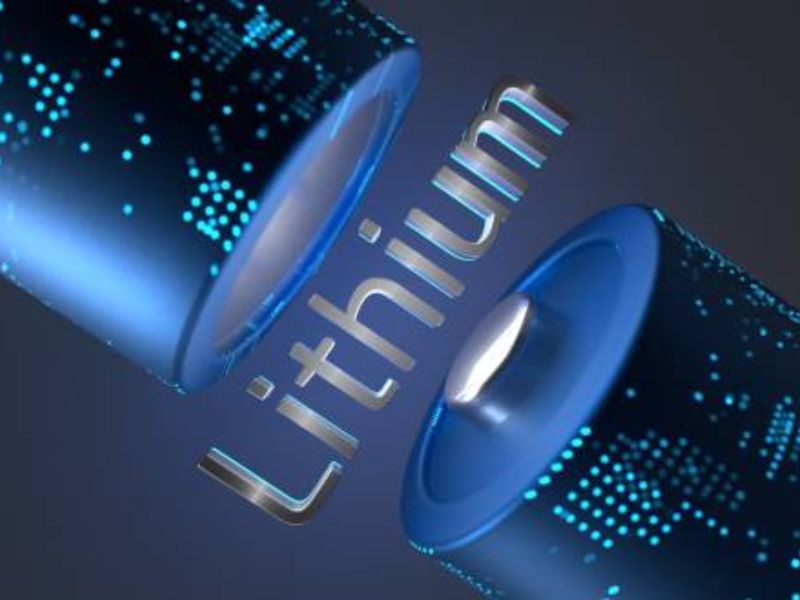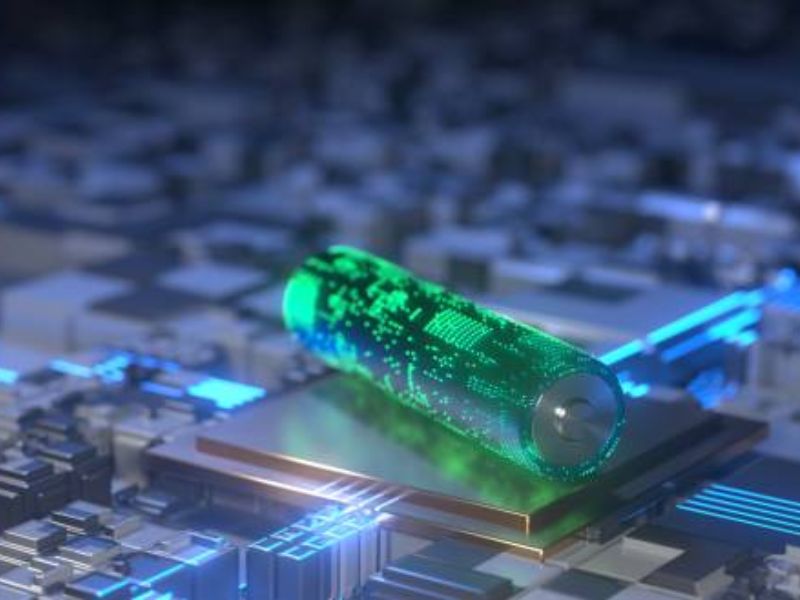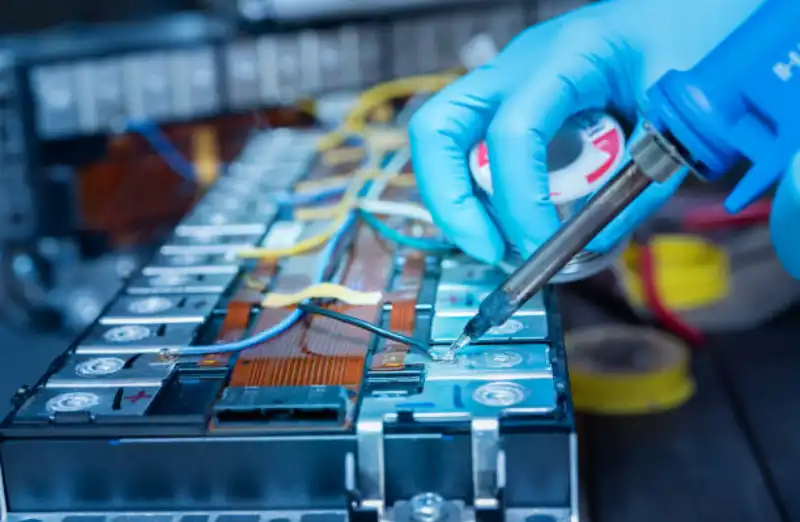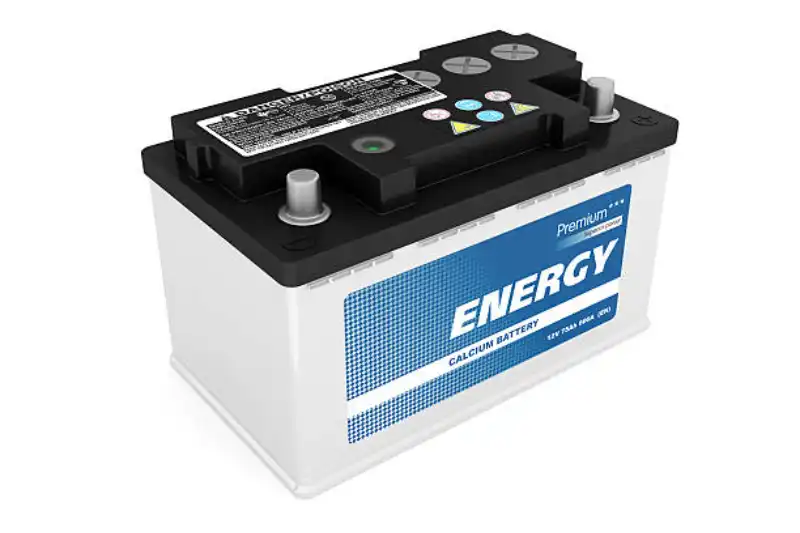What Are Lithium-ion Batteries?
Lithium-ion batteries, often shortened to Li-ion batteries, are a type of rechargeable battery commonly used in numerous applications in our day-to-day life. These batteries utilize lithium ions as their primary component of the battery’s electrochemical reactions. From smartphones and laptops to electric vehicles and grid storage, the use of lithium-ion batteries has been on the rise due to their superior energy density and extended lifespan.

How Do Lithium-ion Batteries Work?
The operation of a lithium-ion battery revolves around the continuous flow of lithium ions from the negative electrode, or anode, to the positive electrode, or cathode, during the discharge cycle. During the charging process, the lithium ions make the reverse journey, moving from the cathode back to the anode. This back-and-forth movement of lithium ions is the fundamental working principle of lithium-ion batteries. The anode materials play a significant role in this process, and recent progress in the development of novel anode materials promises to increase battery capacity and energy density even further.

What Are Anode Materials?
Anode materials refer to the substances used to construct the anode, or negative electrode, in a battery. These materials are typically conductive substances that facilitate the movement of ions during the charge and discharge cycles. In the case of lithium-ion batteries, commonly used anode materials include lithium, carbon or silicon-based materials, active materials, and specific types of graphite. These anode materials are designed to offer excellent porosity and conductivity, ensuring optimal battery performance. The most commonly used anode material in Li-ion batteries is graphite, a carbon-based material with high electrical conductivity.
Why Anode Materials Are Important for Lithium-ion Batteries?
Anode materials hold the key to the performance, capacity, and efficiency of lithium-ion batteries. The type and quality of the anode material used directly impact the battery’s energy density – the amount of energy stored in a given system or space. A lithium-ion battery with a high-quality anode material will be able to store and release more energy, resulting in a longer-lasting battery.
The importance of anode materials also lies in their ability to handle the repeated charging and discharging cycles that a battery undergoes. Good anode materials are resistant to the wear and tear that comes with these cycles, ensuring a long and efficient battery lifespan.
What Requirements Do Anode Materials Meet?
To be effective in lithium-ion batteries, anode materials need to meet several requirements. One of the most critical is excellent conductivity, allowing for efficient transfer of lithium ions and electrolyte during the charge and discharge cycles. They should also exhibit high durability, being capable of enduring thousands of charge-discharge cycles without a significant decrease in performance.
In addition, anode materials must be lightweight and low-cost, to make the battery affordable and practical for use in devices such as portable electronics and electric vehicles. Furthermore, the voltage of the anode material should match with the preferred cathode, ensuring optimal battery function and efficient current collector.
Here is a list:
| No. | Requirement | Explanation |
| 1. | High Specific Capacity | The anode material should have a high specific capacity (mAh/g) to store more energy and achieve high capacity. |
| 2. | Good Electronic Conductivity | It should allow easy movement of electrons to minimize energy losses. |
| 3. | Good Ionic Conductivity | It should allow easy movement of lithium ions between the anode and cathode (Learn: A Comprehensive Guide for Anode and Cathode of Diode). |
| 4. | Structural Stability | The material should maintain its structure and thickness during the charge/discharge cycles to ensure long-term use of lithium ion batteries. |
| 5. | Low Cost | The material should be affordable and readily available to make the battery cost-effective. |
| 6. | Environmental Friendliness | The material should be environmentally benign, both in terms of extraction and disposal. When it comes to the production of consumer electronics, it is important to consider the environmental impact of the materials used. |
| 7. | Safety | The material should be stable and safe under various operating and environmental conditions, while also maintaining a consistent current density. |
| 8. | Low Volume Expansion | The anode material should exhibit minimal volume change during lithiation and delithiation to prevent mechanical degradation. |
| 9. | High Rate Capability | The anode should allow for rapid charging and discharging. |
| 10. | Long Cycle Life | The material should withstand a large number of charge/discharge cycles without significant capacity loss, even with high active material loading. |
What Types of Anode Material Are There?
There are several types of anode materials used in lithium-ion batteries, each with their strengths and weaknesses.
- Carbon-based Anode Materials
Carbon-based anode materials, including graphite, are the most common type of anode material used in lithium-ion batteries. These materials are favored for their stability, high conductivity, and affordability. However, they typically have a lower capacity compared to other types of anode materials.
- Novel Graphite and Non-Graphitic Anodes
Advancements in battery technology have led to the development of novel graphite and non-graphitic anodes. These modified forms of graphite can offer improved electrochemical performance, although they often require more complex and energy-intensive manufacturing processes.
- Lithium Alloy Anodes
Lithium alloy anodes are another type of anode material. These anodes can offer higher capacity than carbon-based anodes, although they often face challenges related to cycling stability and volume changes during charging and discharging.
- Lithium Titanium Oxide Anodes
Lithium titanium oxide anodes are an emerging type of anode material that exhibits excellent cycle stability, as they do not undergo significant volume changes during lithium insertion and extraction. However, their application is currently limited by their low conductivity and high operating voltage.

What Are the Applications of Anode Materials?
Anode materials find applications in a wide range of areas. Most notably, they are used in the manufacture of lithium-ion batteries, which power a diverse range of devices and systems. For instance, portable electronics, RVs, electric vehicles, marines, and grid-level energy storage systems all depend on lithium-ion batteries.
Moreover, anode materials, particularly advanced ones like silicon and novel forms of graphite, are paving the way for improvements in battery technology. Their enhanced properties could lead to batteries with higher capacity, longer lifespan, and better performance, making them ideal for use in high-demand applications such as vehicles and large-scale energy storage.
What Are the Benefits of Anode Materials?
Increased Energy Density: High-quality anode materials allow lithium-ion batteries to store more energy, resulting in a higher energy density. This is especially important in applications like vehicles and energy storage, where longer battery life is crucial.
Enhanced Durability: Anode materials with good durability can withstand the repeated charge-discharge cycles of a battery, (learn: What is A Deep Cycle Battery [Full Guide]) leading to a longer lifespan. This not only improves user experience but also promotes sustainability by reducing the frequency of battery replacements.
Improved Performance: Emerging anode materials, such as silicon-based compounds and novel forms of graphite, offer improved performance in terms of higher capacity and better efficiency. This translates to better overall battery performance and reliability.
Lower Cost Potential: New anode materials have the potential to lower the cost of lithium-ion batteries, making them more accessible and affordable for various applications. This could drive the widespread adoption of these batteries and accelerate advancements in the industry.
Future Innovations: Ongoing research and development in anode materials are paving the way for the next generation of lithium-ion batteries. These advancements may enable even higher energy densities, longer lifespans, and improved performance, opening up new possibilities for various industries.

Conclusion
In conclusion, anode materials play a crucial role in the functioning of lithium-ion batteries. The development and optimization of these materials are central to improving the performance, capacity, and lifespan of these batteries. With continuous advances in material science and battery technology, we can look forward to more efficient, durable, and high-performing batteries in the future.
Order Lithium-ion Batteries From Polinovel
For top-quality lithium-ion batteries powered by state-of-the-art anode materials, look no further than Polinovel. Our batteries are built to last, delivering reliable performance and exceptional energy density. Whether for personal electronics, electric vehicles, or large-scale energy storage, trust Polinovel to power your world.

